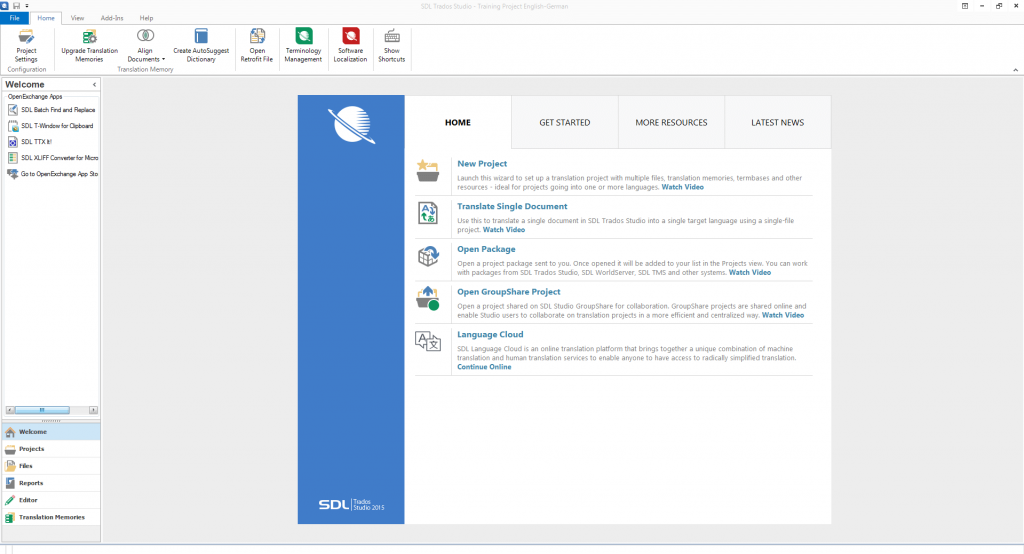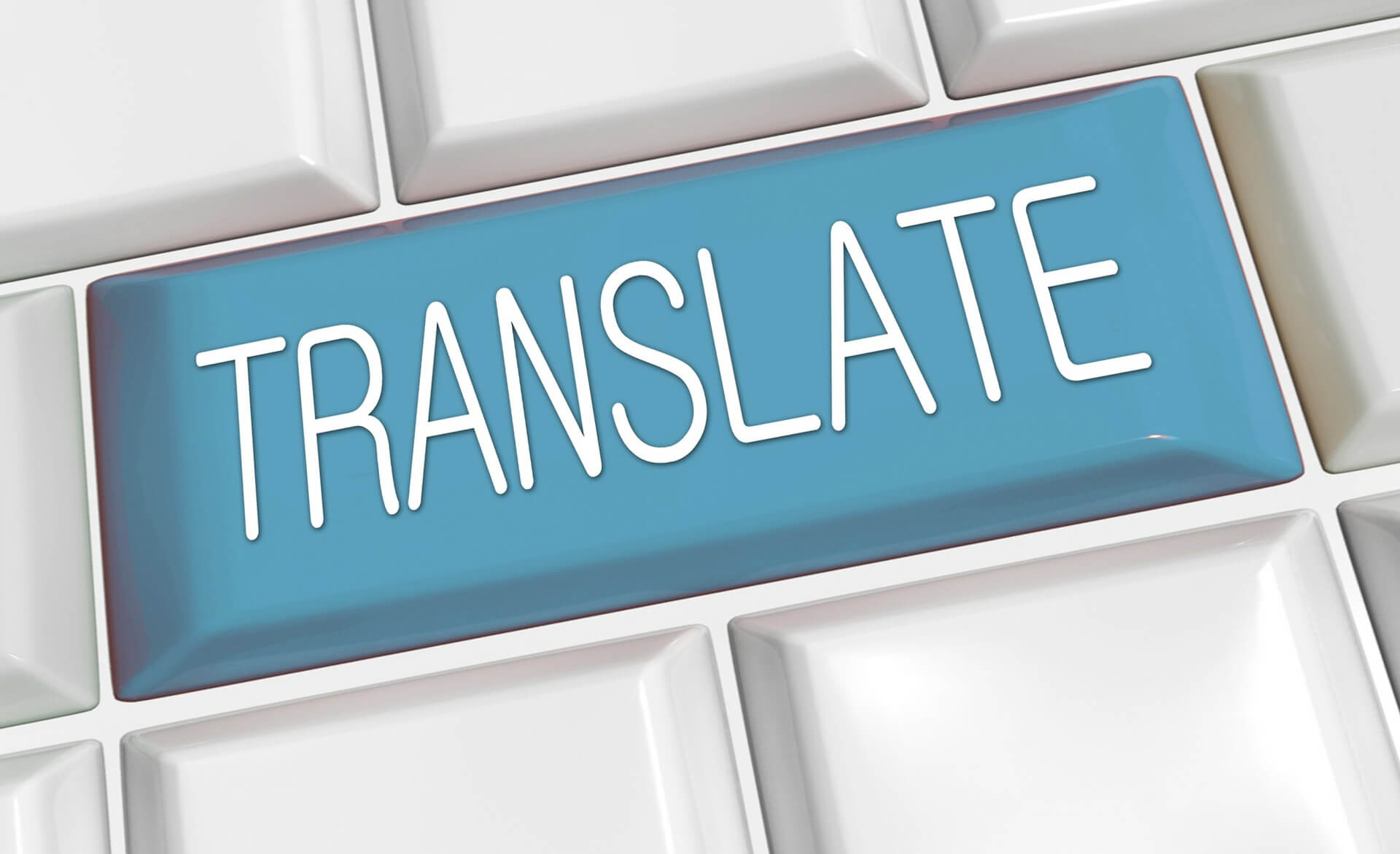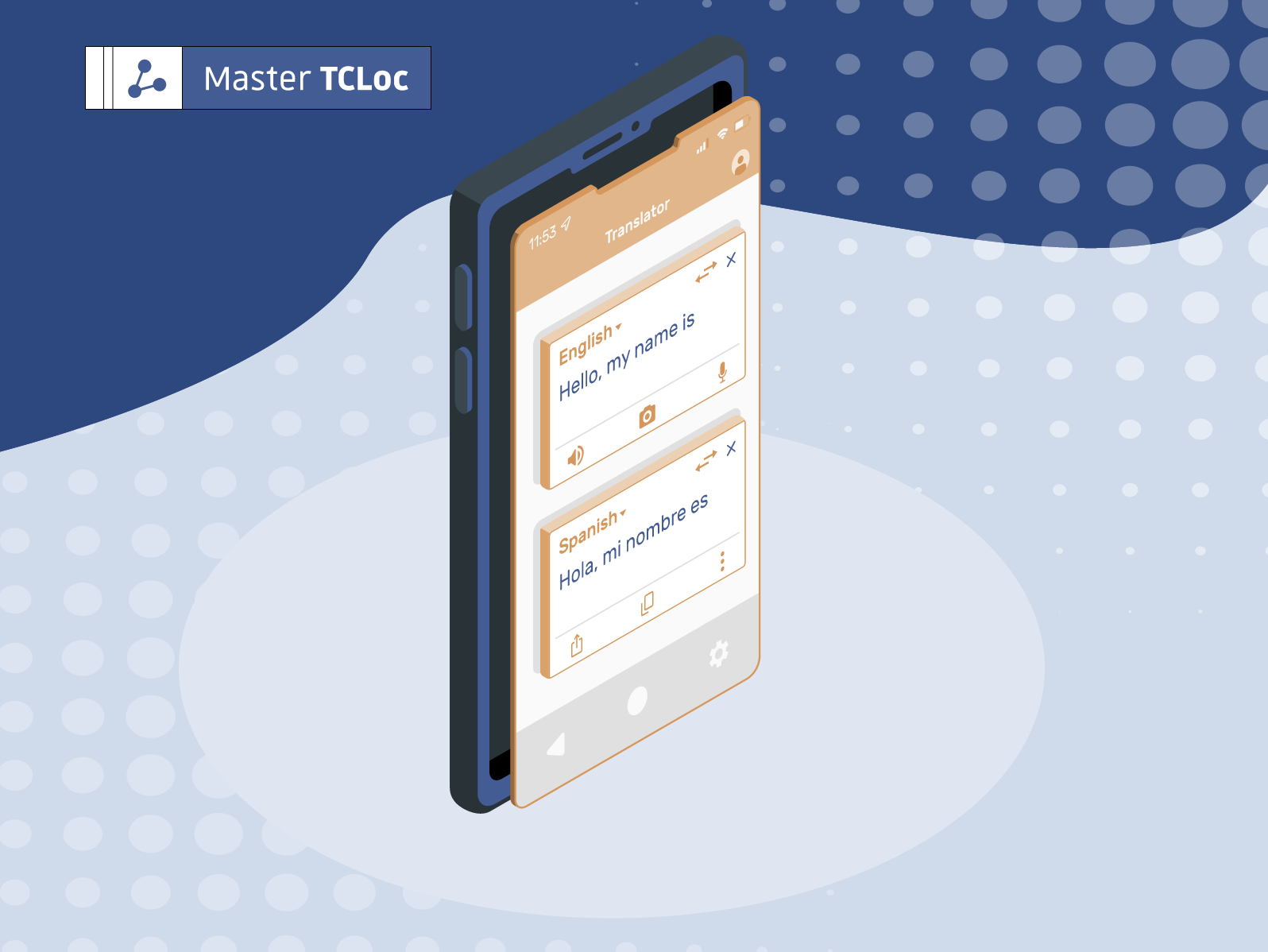Translation is more important now than ever, partly due to the phenomena of globalization and internationalization. Computer-aided translation (CAT) facilitates this process and improves the productivity of translators.
What is CAT?
Computer-aided translation is a kind of software designed to facilitate the translation process using several tools. Indeed, this type of program can support file management, translation memories, glossaries, text analysis and quality control. It is important to remember that CAT is not automatic translation, but rather an instrument to facilitate the manual work of the translator.

Translation memory
This integrated tool stores expressions and phrases from previously translated documents. It stores the translation of segments of a source language into a target language. When a similar expression is translated again within the same document or any other document, the translation memory will make the appropriate suggestions.
Terminology databases
These databases are like dictionaries. It is up to the translator to configure them: to choose the languages and the terms to be added to them, to classify these terms into categories, etc. The terms can have several meanings and therefore several translations. Terminology databases facilitate the translator’s choice when deciding the best term to use in a specific case.
Benefits of CAT
Productivity
Using computer-aided translation software makes it possible to work faster. Speed is synonymous with quantity. With these tools, translators are now able to translate twice as much content during the same allotted time period as before. In fact, thanks to the translation memories and terminological bases mentioned above, your texts can be partially pre-translated.
Quality
In addition, CAT tools offer quality assurance as they are equipped with spelling and grammar checkers. They also highlight inaccuracies in numbers, punctuation, markup and formatting. Indeed, CAT allows you to conserve the layout of the source files.
The main CAT tools
SDL Trados
SDL Trados is the Computer-aided translation tool most used by CAT translators. It is the most complete software but it can take some time to become familiar with. It supports most file formats such as PDF, HTML, Adobe InDesign, Microsoft Office, XML, etc… But if it were necessary to point out a drawback, it would be its price. It costs 800 euros for independent translators and up to 2000 or even 3000 euros for a business license.
MemoQ
MemoQ is the second most used CAT tool. Originally from Hungary, this software brings together most of the features also offered by Trados and is placed in the same price range. Both software programs offer free trial versions, which is helpful for comparing the interfaces of each program and thus identifying which one best suits your needs and most closely matches your expectations.
As you can see, computer-aided translation (CAT) has become an essential tool for every translator. Given the efficiency, the speed and the quality that this type of software ensures, it is now compulsory to master some of these tools in order to enter the professional translation workforce.



